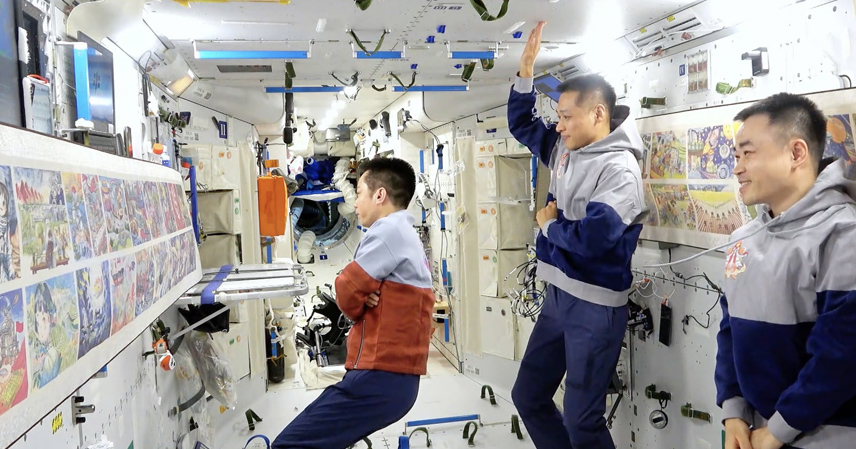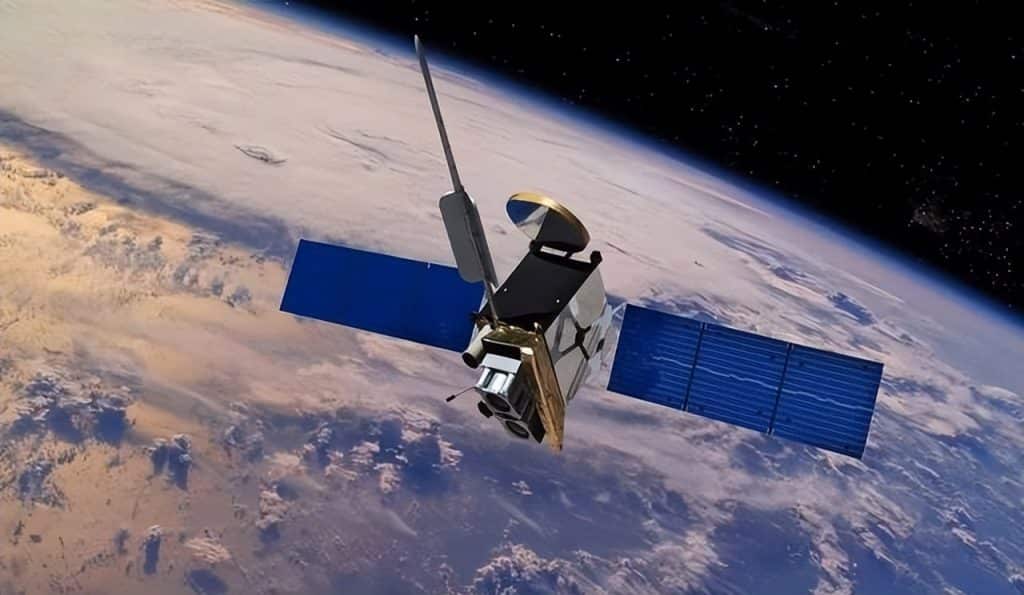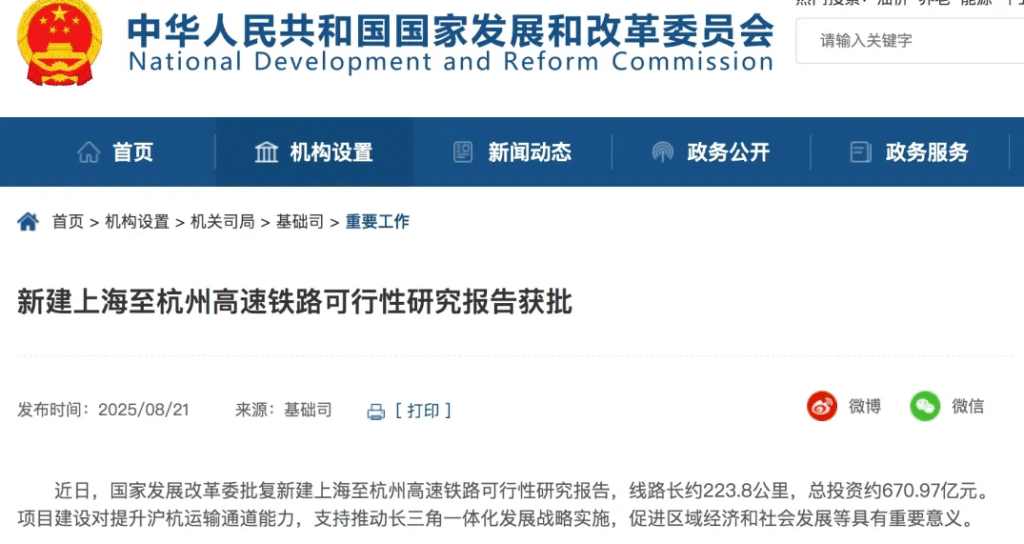At first glance, it may seem that China’s Tiangong Space Station is “smaller” or “less advanced” because it usually accommodates three astronauts, while the International Space Station (ISS) can support up to a dozen at times. But in reality, this difference reflects distinct design philosophies, operational goals, and collaboration models, rather than a matter of technical capability.
Two Different Blueprints for Space Habitats
The ISS is the product of 16 nations pooling resources, expertise, and funding since 1998. Weighing about 420 tons, stretching 109 meters wide and 73 meters long, it offers a pressurized volume of 916 cubic meters—roughly equivalent to a large commercial aircraft hangar. Because each partner nation has its own experimental modules and crew responsibilities, the ISS must accommodate a larger, more diverse group of astronauts.
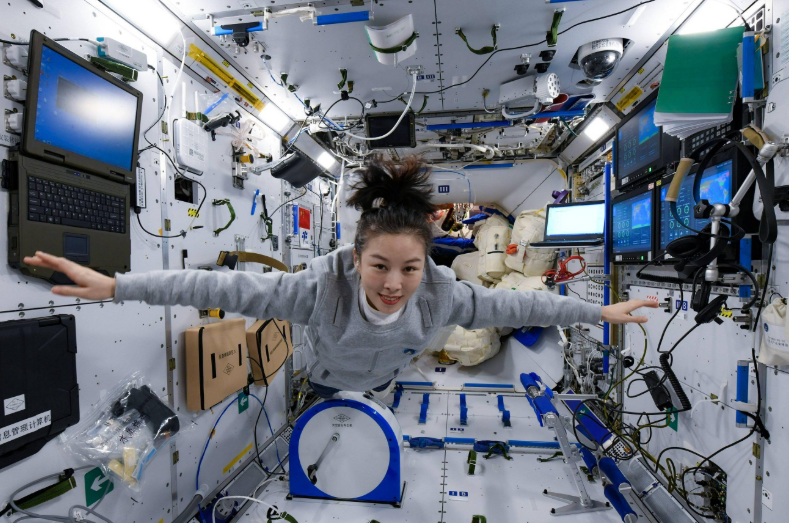
By contrast, China’s Tiangong Station—comprising the Tianhe core module and the Wentian and Mengtian laboratories—has a total mass between 66 and 100 tons, and a pressurized volume of 340 cubic meters (with about 122 cubic meters habitable). The design is compact, unified, and highly integrated, purpose-built for China’s research priorities. Having three astronauts on board allows for efficient management, resource optimization, and long-duration missions without unnecessary strain on life-support systems.
The “Private Villa” vs. “Shared Apartment” Analogy
Many space analysts compare the two systems as a private villa versus a shared apartment. The ISS is an international project that requires coordination among agencies like NASA, Roscosmos, ESA, JAXA, and CSA. Each partner has its own experiments, maintenance duties, and astronaut rotations, leading to a constant crew size of about seven, occasionally peaking at more than ten during crew handovers.
China’s Tiangong, on the other hand, operates as a self-contained national platform. It focuses on maximizing the scientific return for Chinese researchers, avoiding redundant systems and overlapping duties. The smaller crew ensures greater autonomy and reduced operational complexity, while all systems are standardized under a single command structure.
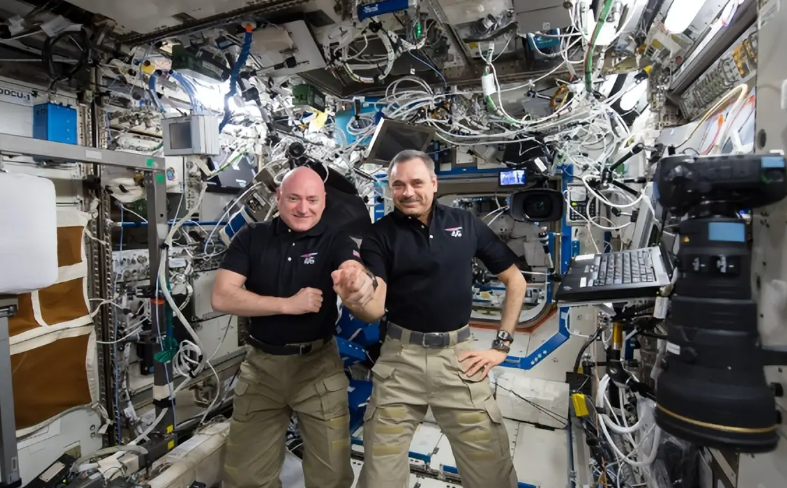
Supply Chain and Life-Support Efficiency
One major advantage of China’s approach is logistical efficiency. The Tianzhou cargo spacecraft delivers up to 6.5 tons of supplies in a single trip—enough for three astronauts for nine months—along with 1.4 tons of propellant. The recycling rate of oxygen and water aboard Tiangong exceeds 90%, with carbon dioxide converted back into oxygen and wastewater purified into drinkable form. This drastically reduces the need for frequent resupply missions.
By comparison, the ISS relies on multiple resupply spacecraft—Russia’s Progress, SpaceX’s Dragon, and Japan’s HTV—each carrying around 2.5 to 3 tons. Because of differing technical standards and modules, resource sharing is often less efficient. Maintaining water, oxygen, and power balance for a larger crew demands greater logistical effort.
Technology and Propulsion Differences
China’s space station employs Hall-effect thrusters, achieving a specific impulse over 3000 seconds, nearly ten times higher than the ISS’s chemical propulsion systems. This allows Tiangong to maintain orbit with less fuel. Its robotic arm, capable of handling spacecraft docking and equipment relocation, gives a three-person crew the productivity of a much larger team.
Meanwhile, the ISS operates at an altitude of 400–420 kilometers but loses about two kilometers in height every month due to atmospheric drag, requiring around 7.5 tons of fuel per year to maintain orbit. Its solar arrays generate up to 90 kilowatts but with an efficiency of about 15%. In contrast, Tiangong’s triple-junction gallium arsenide solar cells reach 30% efficiency, offering greater power with smaller panels.
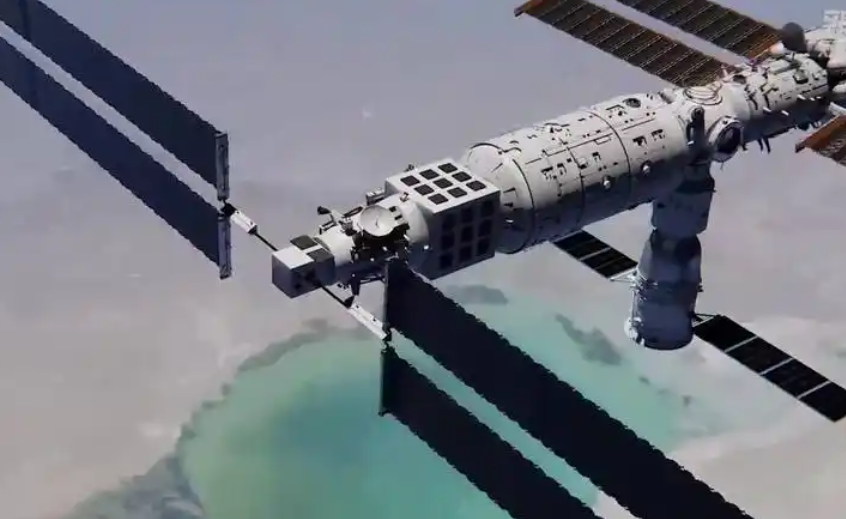
Speed, Cost, and Construction
The ISS took 12 years to assemble—from its first module launch in 1998 to near-completion in 2010—at a total cost exceeding $150 billion. In contrast, China launched the Tianhe module in 2021 and completed the station’s three-module configuration by the end of 2022—in just 18 months. The cost is significantly lower, thanks to modular design, domestic manufacturing, and streamlined logistics.
This rapid timeline highlights China’s latecomer advantage: by learning from ISS experience, Tiangong adopted more advanced digital systems, modular integration, and automation. With real-time communication via data relay satellites and internal 5G Wi-Fi, ground control can operate experiments remotely, reducing astronauts’ workload.
International Cooperation and Future Plans
The ISS represents an era of multinational cooperation in space. It hosts experiments in astrophysics, materials science, biology, and medicine, including projects like the Alpha Magnetic Spectrometer for dark matter research. Yet, as a collaborative platform, it also suffers from political and technical friction—such as incompatible docking systems between the U.S. and Russian segments.
China’s Tiangong, in contrast, is fully domestically produced, with all components under national control. However, it is not closed to the world. China has announced plans to open its station to international astronauts and experiments, signing agreements with Pakistan and inviting participation from developing countries. In 2025, the first foreign astronaut is expected to visit Tiangong under these programs.
The ISS, now over two decades old, faces retirement by 2030, with NASA planning a controlled deorbit using a SpaceX-built vehicle. China’s station, designed for 10–15 years of service, may soon become the only operational space station in orbit—potentially expanding to six modules in a “Gui”-shaped configuration of up to 180 tons.
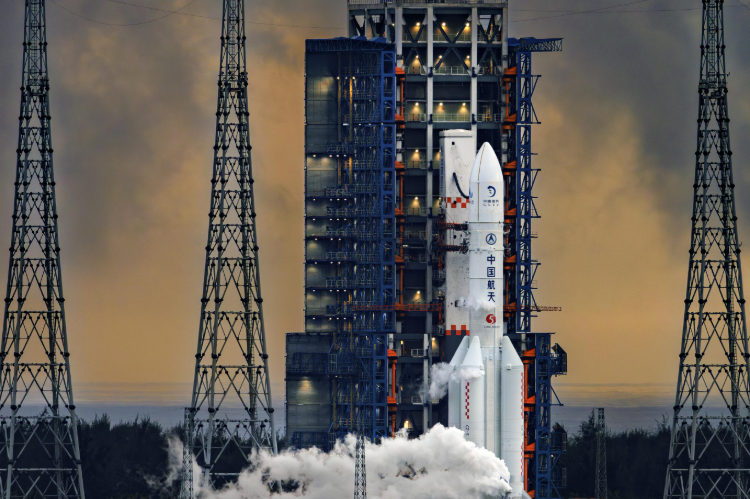
Different Missions, Not Different Levels
The true difference between Tiangong and the ISS lies not in technological inferiority or superiority, but in mission philosophy.
- The ISS serves as a symbol of international cooperation and a multipurpose laboratory.
- Tiangong embodies strategic independence, efficiency, and the pursuit of specific scientific and engineering goals.
China’s three-astronaut limit is a deliberate choice, balancing sustainability and productivity. When necessary, as seen during the Shenzhou-14 and Shenzhou-15 crew handover, six astronauts lived aboard for five days without strain—proving the system’s flexibility.
As the ISS approaches the end of its operational life, the global focus may shift toward Tiangong as the new hub for orbital science. Whether through cooperation or competition, this transition marks a new stage in human space exploration—from shared housing to self-reliant habitats.

